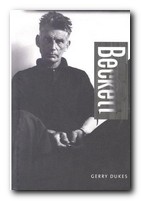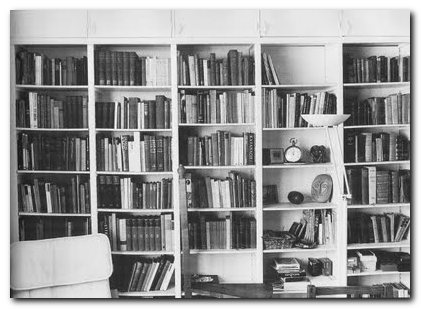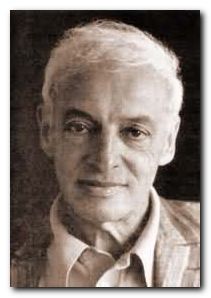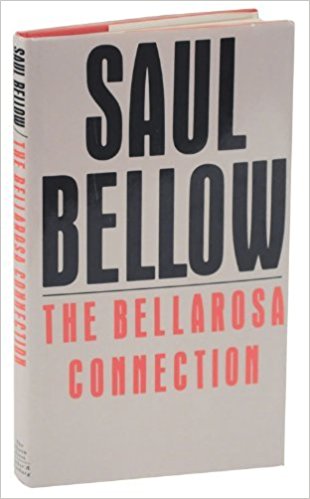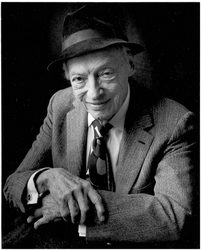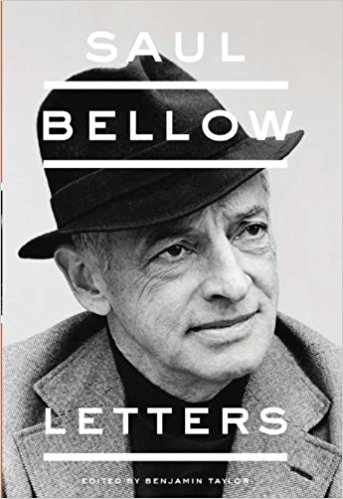witty, erudite, and scurrilous correspondence
Philip Larkin was very much a glass half empty sort of person. Even when things were going reasonably well in his life, he would find a reason to look on the glum side. He satirically called himself ‘the Hermit of Hull’ and generally moaned about everything – the weather, his neighbours, the state of his health, and even the plebeian food he chose to consume. Yet in his heyday he had three lovers at the same time; public honours and popular success were showered on him as a poet, and he even had more money than he knew how to spend. Yet despite the persistent gloominess, these letters also reveal that he could be entertainingly irreverent and very funny indeed.
The editor Anthony Thwaite is at pains to point out that this is only a selection from Larkin’s complete correspondence – and it is so selective that there’s a potential danger of creating a lopsided picture of the man himself.
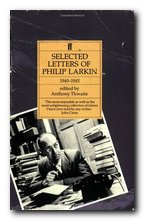 For instance the figure of Monica Jones hovers in the background of many letters, but there are very few addressed to the woman herself – she who played such a significant role in Larkin’s erotic and intellectual life. (There is a separate collection – Letters to Monica.) However, the few which are reproduced make very uncomfortable reading. In one Larkin gives an ‘honest’ but excruciatingly self-centred account of a weekend visit from a former lover (Patsy Strang) which verges on the sadistic – written to a woman who devoted her emotional life to him.
For instance the figure of Monica Jones hovers in the background of many letters, but there are very few addressed to the woman herself – she who played such a significant role in Larkin’s erotic and intellectual life. (There is a separate collection – Letters to Monica.) However, the few which are reproduced make very uncomfortable reading. In one Larkin gives an ‘honest’ but excruciatingly self-centred account of a weekend visit from a former lover (Patsy Strang) which verges on the sadistic – written to a woman who devoted her emotional life to him.
Of course the letters also reveal what were considered inappropriate character traits when they were first published – his penchant for soft pornography, his tendency to smut and behind-the-bike-sheds swearing – particularly in his correspondence with Kingsley Amis. But it’s worth bearing in mind both the stifling mediocrity of much British culture in these post-war years, against which these attitudes were a healthy antidote, and the fact that a fellow son of the midlands (Joe Orton) was revving up by writing in exactly the same manner a few miles down the road.
What underlies a great deal of the correspondence from a sociological point of view is that once having established himself at Oxford there is ever afterwards a network of relationships, employment, and social connections which has the British university system at its core. It emphasises Oxbridge as a system which provides a three year membership that lasts a lifetime.
Yet despite his persistent gloom and claims of being neglected, he was well connected with Faber & Faber, the BBC, and prestigious journals such as The Spectator, The Listener, and New Statesman. But to do him credit, a great deal of his early work was published by small independent presses by whom he sometimes wasn’t even paid.
The year 1955 appears to have been something of an annus mirabilis for him – first a series of publications edited by admirers such as Robert Conquest and D.J.Enright which were followed by good reviews. Then there was the move to Hull. His first impressions were not very favourable: ‘It’s a frightful dump … The village smells of chips. The town smells of fish … Life here varies from dreary to scarcely-bearable’. Yet in the end it turned out to suit him well enough (‘It’s very nice & flat for cycling’) though his regard for the University might have shocked his colleagues had they known at the time:
But in the main this institution totters along, a cloister of mediocrities isolated by the bleak reaches of the East Riding, doomed to remain a small cottage-university of arts-and-science while the rest of the world zooms into the Age of Technology. The corn waves, the sun shines on faded dusty streets, the level-crossings clank, bills are made out for 1957 under billheads designed in 1926, and the adjacent water shifts and glitters, hinting at Scandinavia … That’s a nice piece of evocation for you.
He also had no time for the business of ‘lit crit’ and the pampered existence in university academic departments. Commenting in a letter to Barbara Pym he observes: ‘If you were in university life you would be familiar with the phrase ‘crushing teaching load’ — i.e. six hours a week six months a year’.
In terms of literary development it’s interesting to note that he started in the realm of fiction, and even produced two novels – Jill and A Girl in Winter – before disenchantment set in following an unfinished sand abandoned third and fourth novel. He then settled to poetry alone, which seemed better suited to his temperament.
Yet before he had even reached the age of forty he was writing: ‘I really have no sense of the future now, except as the approach of death’ and on reaching fifty he thought it was a miracle he was still alive. As if to confirm his own sense of the sands running out, he produced less and less poetry as he got older, and yet perversely devoted huge amounts of time and effort into compiling the badly-received Oxford Book of Twentieth Century English Verse (which he referred to satirically as ‘really the Oxford Book of Nineteen & Half Century’s Right-Wing Animal-Lovers Verse.
Even though he was writing in a number of different linguistic registers to people who reflect quite distinct relationships in his life – friends, lovers, publishers, public figures – he had an amazing gift for throwing off witty epigrammatic statements:
I don’t think I write well — just better than anyone else
Personally I should need only 2 words to describe English poetry since 1960 — ‘horse-shit’
I should like to change my address in Who’s Who from ‘c/o The University of Hull’ to ‘c/o Faber & Faber , 3 Queen Square, London, WC1N 3AU’, and I hope this will be acceptable to you. My reason is to make it even more difficult for people to get at me.
This attitude even extends into the darker areas of his life. After travelling regularly at weekends for years to the nursing home in Leicester where his mother was confined, he mentions to a friend:
My mother, not content with being motionless, deaf and speechless, is now going blind. That’s what you get for not dying, you see.
He was fiercely loyal to old friends such as Kingsley Amis, Robert Conquest, and Anthony Thwaite; he helped other writers notably Barbara Pym and his old school friend Colin Gunner locate publishers; and he was amazingly diligent, well-informed, and persistent over the rights of published writers to their royalty entitlements and re-publication fees. He even registered himself for VAT when it was introduced.
In many respects he was a figure of contradictions – which these entertaining letters bring out very well. He was the recluse who (within the UK) traveled widely and socialised regularly; the confirmed bachelor who maintained sexual relationships with a number of women – often at the same time; the radical anti-establishment figure who accepted public honours by the bucketload; the prolific writer who produced only a handful of well-known poems; and the anti-materialist who was much-depicted with an old-fashioned bicycle but who actually drove a four litre Rolls Royce Vanden Plas.
© Roy Johnson 2014
![]() Buy the book at Amazon UK
Buy the book at Amazon UK
![]() Buy the book at Amazon US
Buy the book at Amazon US
Anthony Thwaite (ed), Selected Letters of Philip Larkin 1940-1985, London: Faber & Faber, 1993, pp.791, ISBN: 057117048X
More on literature
More on the novella
More on literary studies
More on short stories
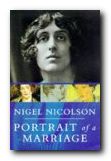
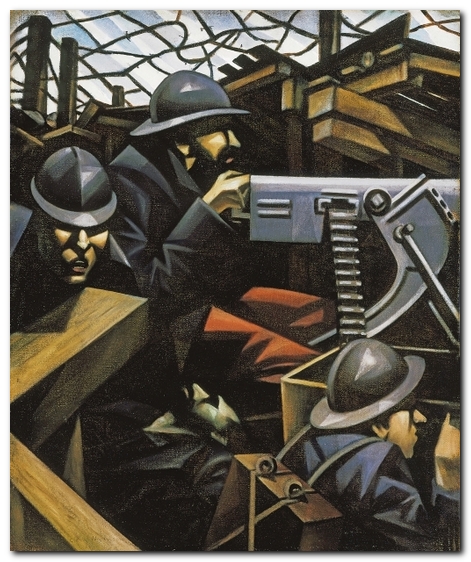


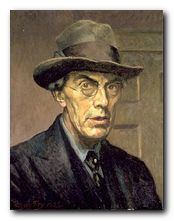 Roger Fry was an influential art historian and a key figure in the
Roger Fry was an influential art historian and a key figure in the 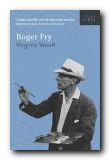
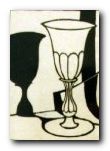 In 1933 Fry was offered the post of Slade Professor at Cambridge and began a series of lectures on the nature of art history that he was never to complete. The text for the lectures was published after his death in 1939 as Last Lectures. Fry died on 9 September 1934 following a fall at his London home. His ashes were placed in the vault of Kings College Chapel, Cambridge, in a casket decorated by Vanessa Bell.
In 1933 Fry was offered the post of Slade Professor at Cambridge and began a series of lectures on the nature of art history that he was never to complete. The text for the lectures was published after his death in 1939 as Last Lectures. Fry died on 9 September 1934 following a fall at his London home. His ashes were placed in the vault of Kings College Chapel, Cambridge, in a casket decorated by Vanessa Bell.
 Rupert Brooke (1887—1915) was only ever on the fringe of the Bloomsbury Group – but he was well acquainted with its central figures, such as
Rupert Brooke (1887—1915) was only ever on the fringe of the Bloomsbury Group – but he was well acquainted with its central figures, such as 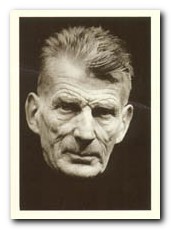 Samuel Beckett was born near Dublin on April 13, 1906. He had an uneventful childhood, and as a young man he studied modern languages at Trinity College, Dublin, graduating in 1927. Beckett then spent two years (1928-1930) teaching English at the Ecole Normale Superieure in Paris. After returning to Trinity College for a year of graduate work in 1931, he taught French there in 1931-1932. He spent the next few years wandering in London and through France and Germany, contributing stories and poems to avant-garde periodicals, before settling in Paris in 1937.
Samuel Beckett was born near Dublin on April 13, 1906. He had an uneventful childhood, and as a young man he studied modern languages at Trinity College, Dublin, graduating in 1927. Beckett then spent two years (1928-1930) teaching English at the Ecole Normale Superieure in Paris. After returning to Trinity College for a year of graduate work in 1931, he taught French there in 1931-1932. He spent the next few years wandering in London and through France and Germany, contributing stories and poems to avant-garde periodicals, before settling in Paris in 1937.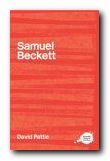 The Complete Critical Guide to Samuel Beckett is a good introduction to the man and the writer. Includes a potted biography of Beckett, an outline of the stories, novels, plays, and poetry, and pointers towards the main critical writings – from the 1960s to critics of the present day. Also includes a thorough bibliography which covers biography, criticism in books and articles, plus pointers towards specialist journals.
The Complete Critical Guide to Samuel Beckett is a good introduction to the man and the writer. Includes a potted biography of Beckett, an outline of the stories, novels, plays, and poetry, and pointers towards the main critical writings – from the 1960s to critics of the present day. Also includes a thorough bibliography which covers biography, criticism in books and articles, plus pointers towards specialist journals.  Samuel Beckett: an illustrated life gives a short account of Beckett’s little-known private life in a book which is packed with rare photographs and shots of his stage productions. The life is quite surprising: a priviledged upbringing, with talented academic prospects which he abandonded for a bohemian life. Fighting with the Maquis during the war. Little artistic success, but lots of relationships with women – and then the big breakthrough with Waiting for Godot. This is a stunning little book.
Samuel Beckett: an illustrated life gives a short account of Beckett’s little-known private life in a book which is packed with rare photographs and shots of his stage productions. The life is quite surprising: a priviledged upbringing, with talented academic prospects which he abandonded for a bohemian life. Fighting with the Maquis during the war. Little artistic success, but lots of relationships with women – and then the big breakthrough with Waiting for Godot. This is a stunning little book. 